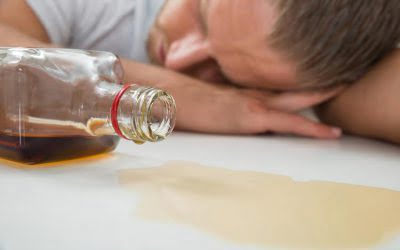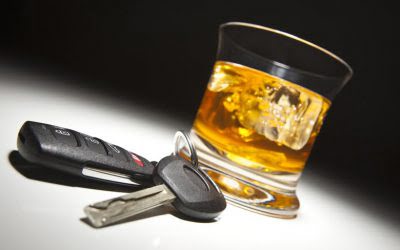To understand the cycle of addiction, it’s important to see addiction as a neurological condition, not the result of weakness or moral failure. Anyone with a recurrent substance abuse problem is in the cycle of addiction. A person trapped in this cycle will use their substance of choice as usual, and by external influences or willpower, they will stop using and begin a period of self-imposed sobriety. Recognizing and understanding the cycle of addiction is a fundamental step on the road to complete recovery.
Using Technology for Recovery Support

For example, if going to the gym helped you stop drinking initially, but your schedule has since changed, consider swapping it for home workouts or a new hobby. It’s about making consistent, purposeful choices that align with your goals. Recognising and celebrating your small victories can help keep you motivated and shift your focus from setbacks to successes.
Take the First Step Toward Recovery Today

Drug abuse is the use of an illegal substance or the improper use of a legal substance. A person can engage in drug abuse without being necessarily addicted, but continuous substance abuse will inevitably lead to an addiction. The length of how to break the addiction cycle the cycle varies among addicts, and it’s difficult to break out of the addiction cycle without help. A binge user can go through the stages of the cycle several times a day, while others can take years to complete one cycle. An external intervention or the addiction’s consequences (financial, legal, social, medical) can disrupt the cycle at any point.
- CBT teaches skills to identify triggers, challenge unhelpful thoughts, and replace compulsive use with healthier coping, improving relapse prevention.
- This neurotransmitter regulation helps reduce cravings while providing natural mood elevation.
- Breaking free from the cycle of addiction isn’t easy, but it is possible.
- To achieve long-term sobriety, it’s crucial to remain committed and view setbacks as growth opportunities.
- Hearing others say, “Me too,” is more powerful than most people realize.
Whole Person Care

Exercise dosage recommendations suggest beginning with minute sessions three times weekly, gradually building intensity. Regular movement stimulates neuroplasticity and BDNF production, literally rebuilding damaged neural pathways. You’re not just getting physically stronger, you’re rewiring your brain for sustainable recovery. Establishing consistent daily routines reduces uncertainty and idle time, both significant relapse triggers.
- Talk to your family and friends and ask for their encouragement and support.
- Every time someone uses a substance, their brain gets flooded with dopamine — the “feel-good” chemical.
- The following signs will help you see how much of an addict you are and how to stop yourself from getting further addicted.
- Breaking this cycle starts with understanding that addiction is not a weakness—it’s a medical condition that requires therapy, medication, and research-backed programs.
Psychological Triggers
The desire for these sensations causes the individual to crave more of the drug or alcohol, which will lead Halfway house to tolerance, dependence, and addiction. On the other hand, the addictive potential of some drugs may be so strong that what seems to be an immediate addiction may develop. However, for the vast majority of people struggling with addiction, there are stages of substance use or misuse that lead to the circumstances resulting in the person becoming addicted.
Addiction alters the brain chemistry affecting the process of thought and decision-making. The definition of addiction also includes strong references to denial, minimization and justification, all of which are primitive internal defense mechanisms. After the addiction is acknowledged, the addict may ultimately be forced to decide to stop using chemicals, thus breaking the cycle of addiction. The abnormal, addicted brain cannot tolerate that decision. The cycle of addiction is powerful, usually requiring outside interventions that include alcohol detox or drug detox and substance abuse treatment.
